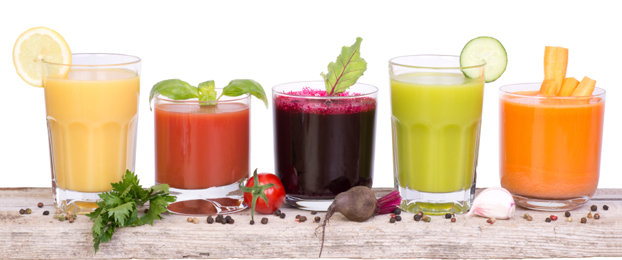

I have one of those good news/bad news situations for you. Which do you want first? Let me guess….
The bad news is that most protein-related information is at least a decade old. Read: outdated and suboptimal. The good news is that although the updated information isn’t widely known, it’s going to help you with your muscle growth, strength, and recovery.
Optimization with active nutrition
The biggest diet revolution in recent memory is called active nutrition. It’s the applied concept of using the properties of certain foods to make nutrients work for you. In other words, the idea of just getting “enough” protein is no longer enough. Rather than the outdated passive approach, we can actually use certain proteins to change our internal environment so that conditions are ideal for our specific goal, whether it’s strength, recovery, or fat loss.
Protein pulse feeding
As an example, let’s use protein as our active nutrient. You’re probably already using active nutrition in the form of a post-workout shake, but what most people don’t realize is that it’s the actual protein that’s directly causing the increase in protein synthesis (i.e. growth and recovery). Stated differently, we can use the very same protein shake at almost any other time and get the same benefit!
Quick tip: Although training enhances our muscle sensitivity to amino acids, the anabolism that is commonly associated with post-workout drinks comes from the amino acids themselves.
Granted, when drinking at other times you’re not going to get the same level of glycogen restoration as you would after a workout, but that’s largely irrelevant (Barr 2005). We’re talking real growth and recovery here, and that’s what the protein does for you.
More specifically, it’s the rapid increase in amino acids that we get from consuming a fast protein shake that causes the changes we’re after. And if we can do this more than once a day, we’ll be doubling or even tripling the results of the post-workout drink (Barr 2004). That’s protein pulse feeding, and that’s applying active nutrition!
So how do we do it? There’s a lot of detail to optimizing protein pulse feeding, which is why it comprises so much of the Anabolic Index manuals. However, we can cover some of the basics to get you started now.
- Type: In order to get the best protein pulse, we have to use a fast protein or even amino acids. The best choices are whey hydrolysate, peptides, and to a lesser extent, whey isolate.
- Timing: As mentioned earlier, protein pulse feeding can be used at any time, but there’s a catch. You have to have low-moderate levels of amino acids in your blood. Specifically, this means that you have to be at least 2–3 hours outside of your last solid meal in order for the drink to cause the recovery stimulus.
- Composition: People like to throw all kinds of crazy stuff into their protein shakes, but we have to be slightly more restrictive if we’re optimizing the anabolic pulse from protein. It’s best to get the protein absorbed as quickly as possible, which means that in addition to the fast whey we have to stick to powders that dissolve easily in water. Creatine, beta-alanine, and, depending on the situation, certain carbohydrates (e.g. glucose, WMS) are good choices. Fats must be avoided at all costs because they slow digestion and eliminate any potential pulsing effect.
In order to optimize our muscle strength, size, and recovery, we have to ensure that protein synthesis is maximized. The most effective way to do this is by using the anabolic effect of whey through protein pulse feeding. This is something that you can start using right away. So go make that protein shake!
References
Barr D (2004) The Real Scoop on Post-Workout Recovery Drinks. T-Nation.
Barr (2005) The Top Ten Post-Workout Myths. T-Nation.








